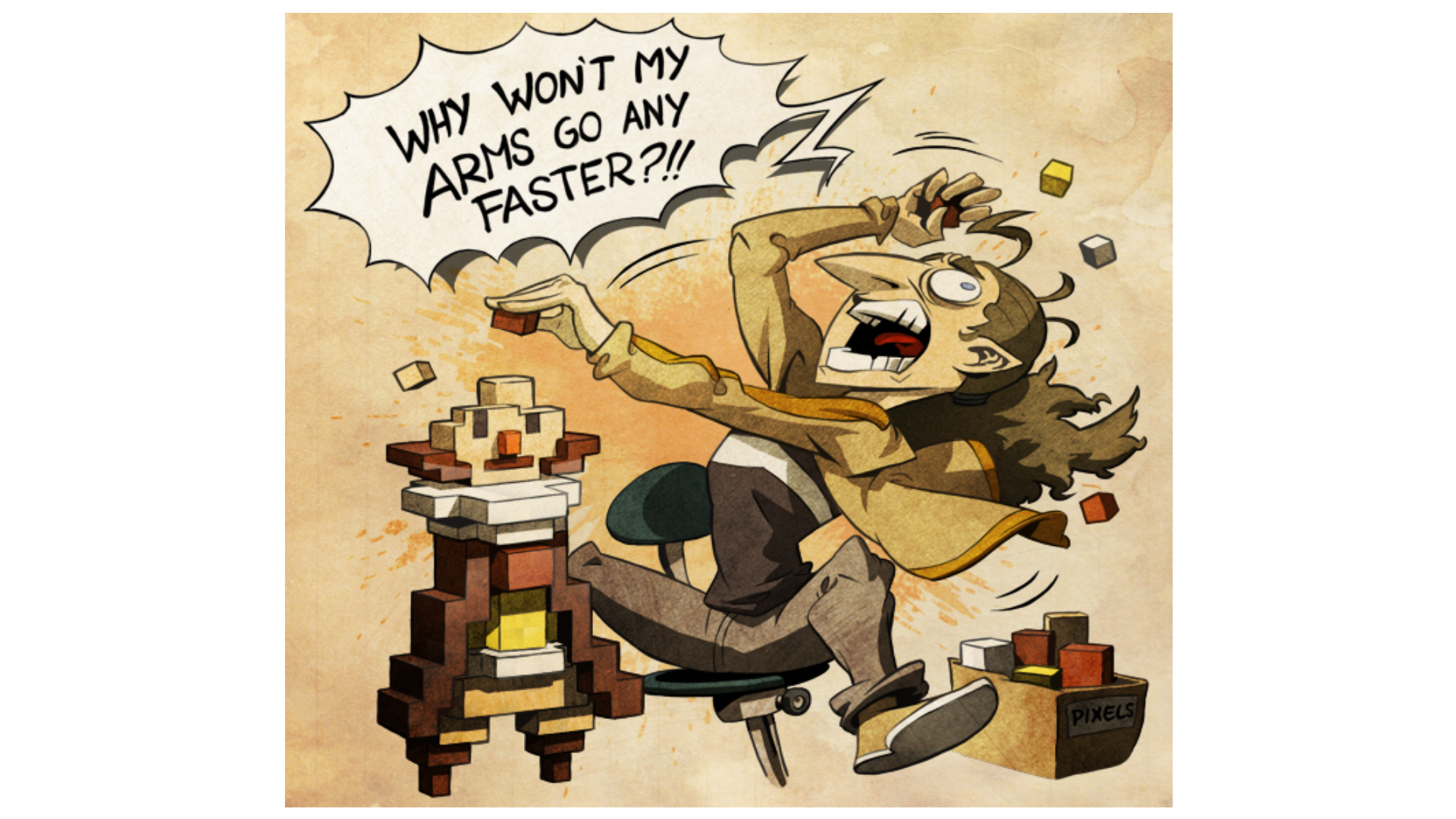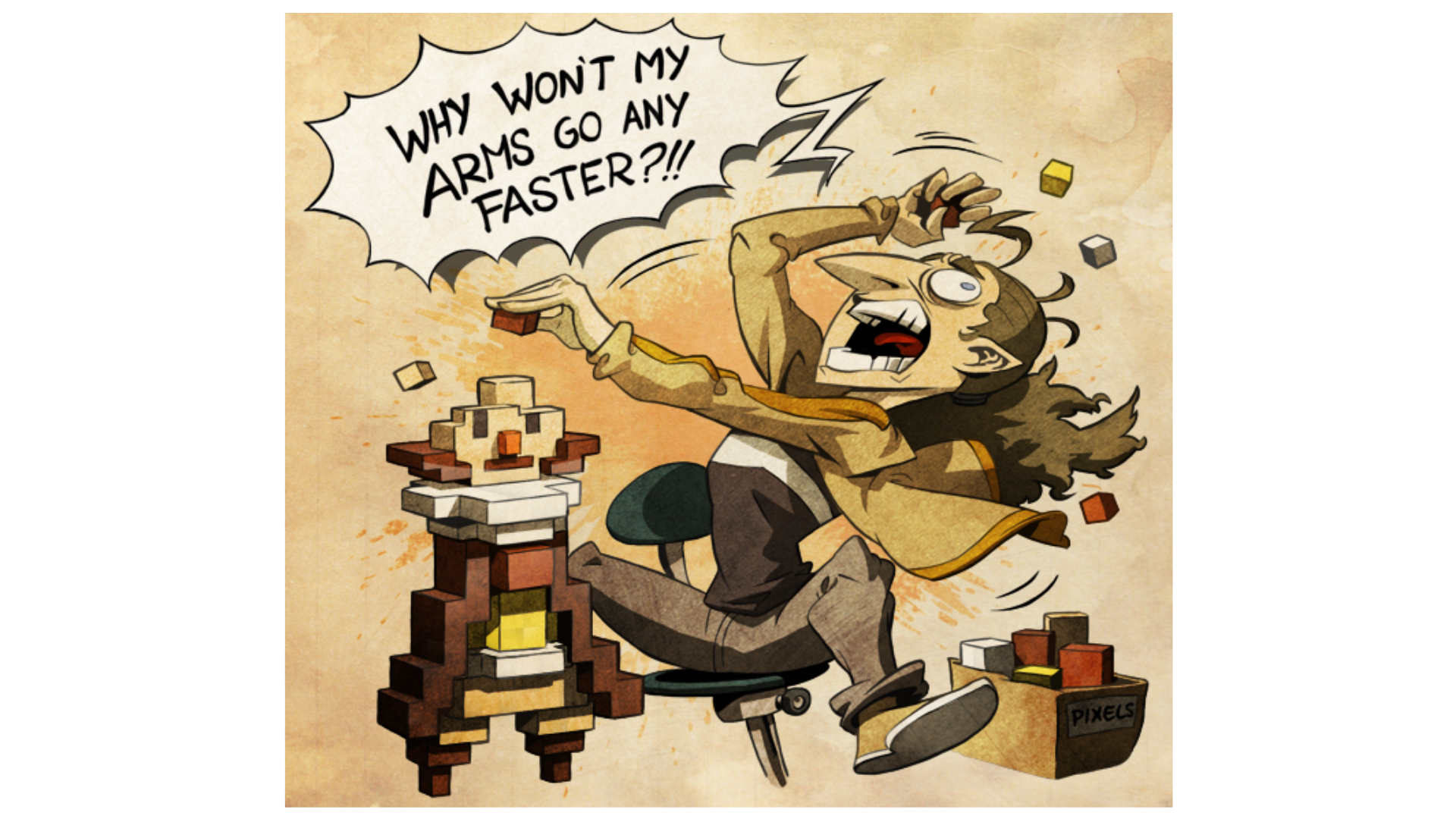The future of pixel art in games is looking crisp! Not too long ago, pixel art was considered an outdated art style. A relic of old hardware that we discarded. A wave of brilliant looking indie games has made one thing clear though – the details of pixel art are reaching levels the earliest developers could only dream of.
What are the tricks behind pixel art, and why do so many artists choose to dive into its intricacies?
If you’ve ever built a house in Minecraft, you’ve already taken the first step towards becoming a pixel artist. It’s a simple matter of placing blocks next to each other until they make a cohesive picture. Like with any art form, it takes time to master. Our team’s artist Simon S. Andersen spent the better part of a decade pixeling the world of Owlboy, and didn’t even scratch the surface of the medium.
What can/can’t be defined as pixel art is often a topic of confusion. The easiest way to describe it is “Getting as much out of as little as possible”. The challenge is to use the limitations posed by tiny squares to imply more than they seem to allow.
Pixel art becomes very interpretive in that sense. Colors at different placements can make a pixel appear half its size, or make an entire square block look spherical. When animating, we can trick the mind with sub-pixeling and subtle in-between colors, implying movement between two perfect squares. An arrangement of pixels can appear smooth and full of emotion, even though the artist is restricted to a square grid.

For some developers, pixel art is an easy starting point. To others, pixel art is a medium of many facets that can be improved upon.
In the early days, these tools weren’t a matter of …read more
Source:: GOG – Good Old Games






